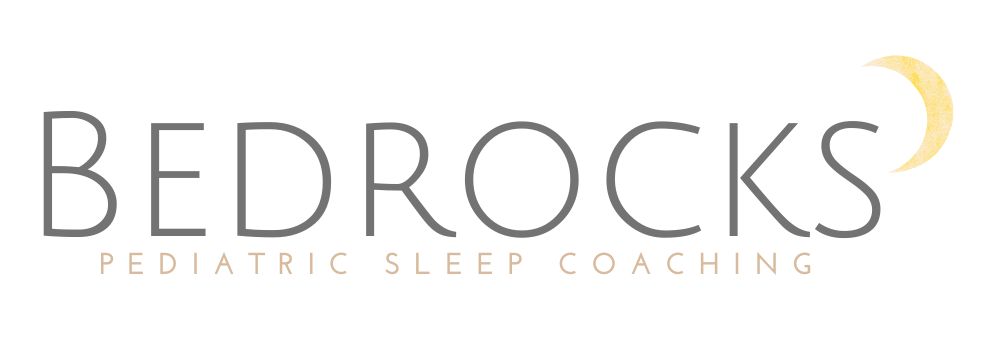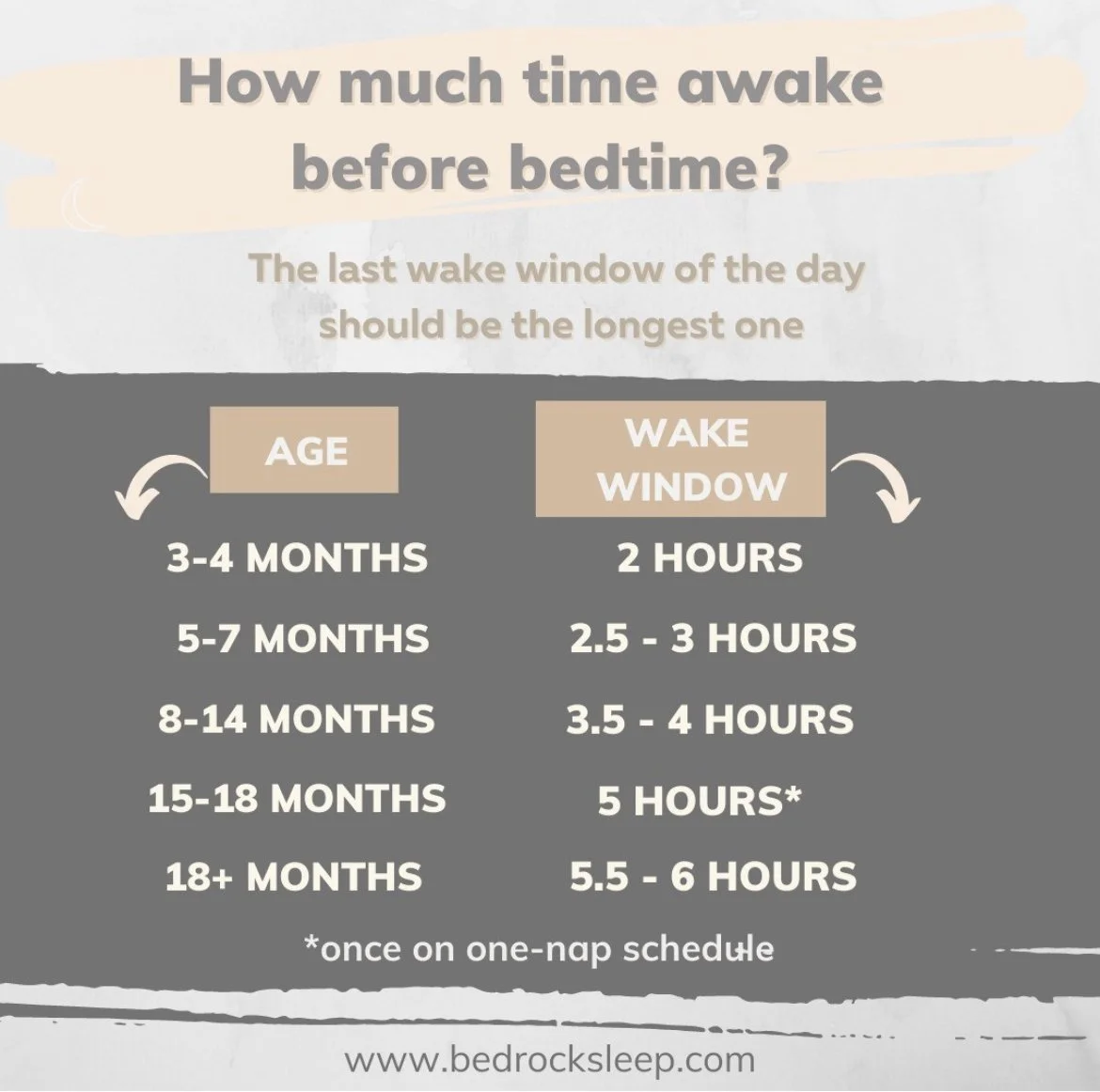When Should I Stop Using Wake Windows and Go by the Clock Instead?
This is an excellent question, one that I am asked frequently!
I have a short answer and a long answer for it.
Here’s the short answer:
For newborns and younger babies (under 6 months) you will want to go by age-appropriate wake windows, along with paying attention to their sleepy cues, to know when to offer them sleep.
But as baby gets older, they aren’t going to be quite so sensitive to the amount of time awake, allowing you to relax a little and shift to a clock-based or a “set” schedule.
After your baby drops their third nap, which happens sometime between 6-9 months for most babies, you can move to a set schedule.
My favorite 2-nap schedule is 9:30a.m. and 2:00p.m. (based on a 7:00a.m. wake time, adjust accordingly).
Most moms LOVE this stage because there is more predictability and freedom to plan your days, since you know around what times your baby will be napping.
Your child also thrives off of a clock-based schedule because it helps their body to learn to expect sleep at around the same times each day. Keep reading to the end to find out what my #1 tip is for helping your little one get into a good rhythm.
And finally, caregivers appreciate a set nap schedule too! It’s just easier to follow than having to keep track of wake windows.
Now, this dreamy clock-based nap life can only happen if your child is sleeping well. If nights are a mess, naps will be all over the place too. Reach out to me for help with 1:1 sleep coaching!
Here’s the long answer:
You will never completely stop paying attention to wake windows. Your little one is constantly growing and changing, and that means their wake windows are going to expand as they get older.
So, while you may be on a clock-based schedule, you should always be somewhat aware of the wake windows that your current schedule is based on. That way, you’ll be able to reassess your schedule as sleep needs change. You’ll know it’s time to do this when they are taking longer to fall asleep at nap time, fight their bedtime, or start waking earlier for the day (and when these sleep issues occur for 2 weeks or longer).
For example, my favorite 2-nap schedule (mentioned above) is based off of the following wake windows: 2.5 hours before nap 1, 3 hours before nap 2, and 3.5 hours before bedtime.
But at some point, usually around 12 months of age, your baby will need to be awake longer before naps and bedtime.
At that point, you may switch your nap schedule to 10:00am and 3:00pm, which means bedtime will shift a little later too.
Notice that I am not talking about set bedtime. That’s because I believe that bedtime is ALWAYS flexible based on how naps went. If one or both naps were shorter than normal for whatever reason, you would want to pull bedtime a little earlier. And vice versa. Sometimes, our little ones nap a little longer and later than usual (intended or not) and we need to push bedtime later.
The wake window before bedtime is the one I never stop using.
Whether your child’s naps are on a “set” schedule or you’re still going by wake windows, I always recommend having an age-appropriate wake window in mind from the end of their last nap until bedtime (see chart below).
Ideally, on a set 2-nap schedule, the last wake window of the day will be the longest one. This ensures that baby builds up enough sleep pressure to not only fall asleep easily at bedtime, but to stay asleep for an entire 11-12 hour night.
When it comes to getting your little one on a predictable nap schedule, there’s one more very important thing should remember in order to set them up for success.
A good nap schedule relies on a consistent wake-up time!
Of course, I don’t mean down to the minute, but within an hour.
For example, the 9:30a.m. and 2:00p.m. one-nap schedule that I’ve been referring to is based off of a 7:00a.m. wake-up time. If your child wakes up anytime between 6:30 and 7:30a.m., it will still work out just fine. But if they have a much earlier waking, for whatever reason, you may want to shift that first nap a little earlier. If they are still sleeping at 7:30a.m., unless they are sick, you will want to wake them up in order to keep their schedule on track! (Yes, it’s okay to wake a sleeping baby).
Huge swings in the time that your child starts their day, will make it hard for them to settle into a clock-based nap schedule.
When wake-up time and nap times are consistent, then bedtime will be relatively consistent as well. So even though it is “technically” flexible, you’ll be able to plan your life around when bedtime typically falls on normal day.
There’s your not-so-short answer to this common question! I hope you found it helpful!
If you need more helping figuring out the right schedule for your child, consider working with me! I won’t just help you get on track for right now, but I’ll empower you in how to navigate and make decisions around your child’s schedule for the future too!


